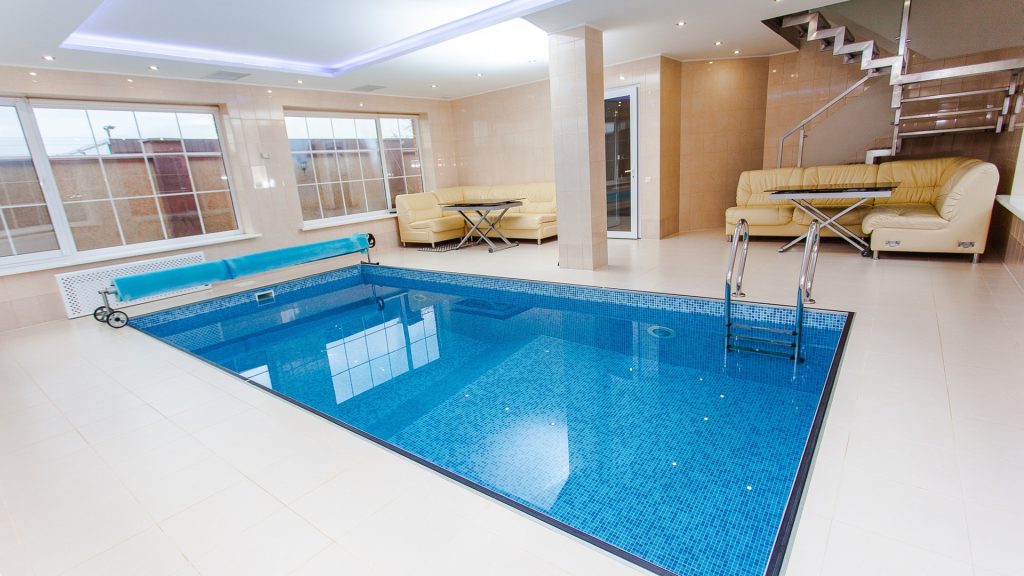Checkout Latest Work

Simply put, an interior architect designs building interiors & space planning while an interior designer focuses on the actual furnishing and decoration of an interior. However, interior architecture is a much bigger task than just making a building aesthetically pleasing. In a building project, the interior architect has to conduct a great balancing act between the design aspects of beauty and practicality (function as well as environmental design). Interior decoration purely focuses on interior design aesthetics & furnishing. Interior decorator school will help aspiring interior decorators to perfect the skill of placing decorative elements such as paint, textiles, and the feel of them.
Interior architecture is the design of a building or shelter from inside out, or the design of a new interior for a type of home that can be fixed. It can refer to the initial design and plan used for a building’s interior, to that interior’s later redesign made to accommodate a changed purpose, or to the significant revision of an original design for the adaptive reuse of the shell of the building concerned.[2] The latter is often part of sustainable architecture practices, whereby resources are conserved by “recycling” a structure through adaptive redesign.
Generally referred to as the spatial art of environmental design, interior architecture also refers to the process by which the interiors of buildings are designed to address all aspects of the human use of their structural spaces. Put simply, interior architecture is the design of an interior in architectural terms.
Interior architecture may refer to:
- the art and science of designing and erecting buildings and their interiors, along with other related physical features, by a licensed architect.
- the practice of an interior architect, where architecture means to offer or render professional services in connection with the design and construction of a building’s interior that has as its principal purpose relating interiors’ design to human occupancy or use.[3]
- a general term to describe building interiors and related physical features.
- a style or method of design and construction for a building’s interiors and related physical features.
